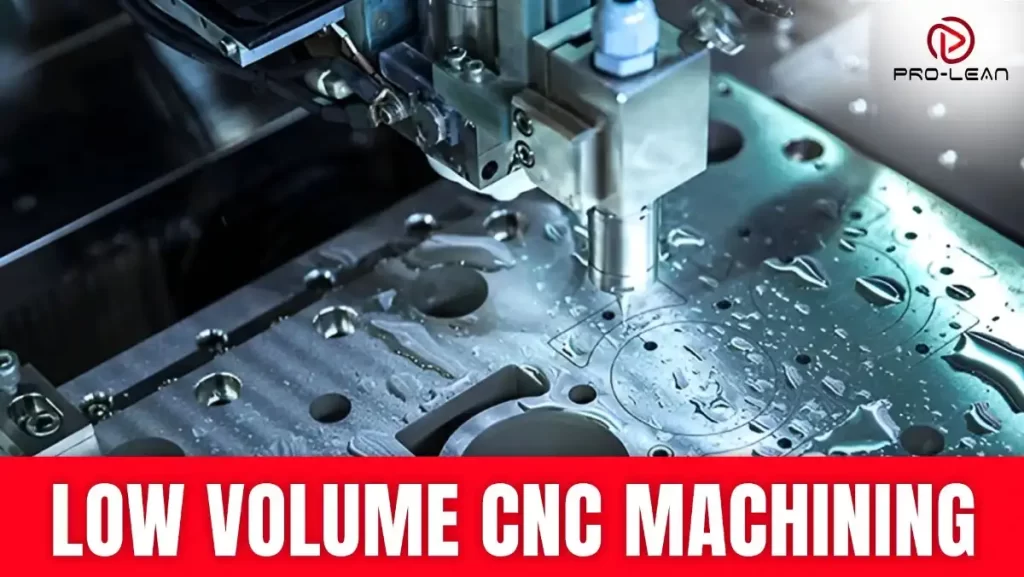
Low volume CNC machining is the process of making precision parts in small quantities—usually 10 to 1,000 units—without full-scale tooling. It’s perfect for prototyping, early product testing and custom part production.
For businesses that need precision parts in small quantities, low volume CNC machining is the solution.
Whether you’re launching a new product, developing a prototype or customizing orders, this is a smart balance of quality, flexibility and cost.
ProleanTech specializes in low volume CNC machining services, helping startups and manufacturers turn their designs into reality. Our team ensures accuracy, fast turnaround and tailored service for your low-volume needs.
In this blog we will cover everything from the basics to design tips, benefits and when to use low volume CNC machining.
What is Low Volume CNC Machining?
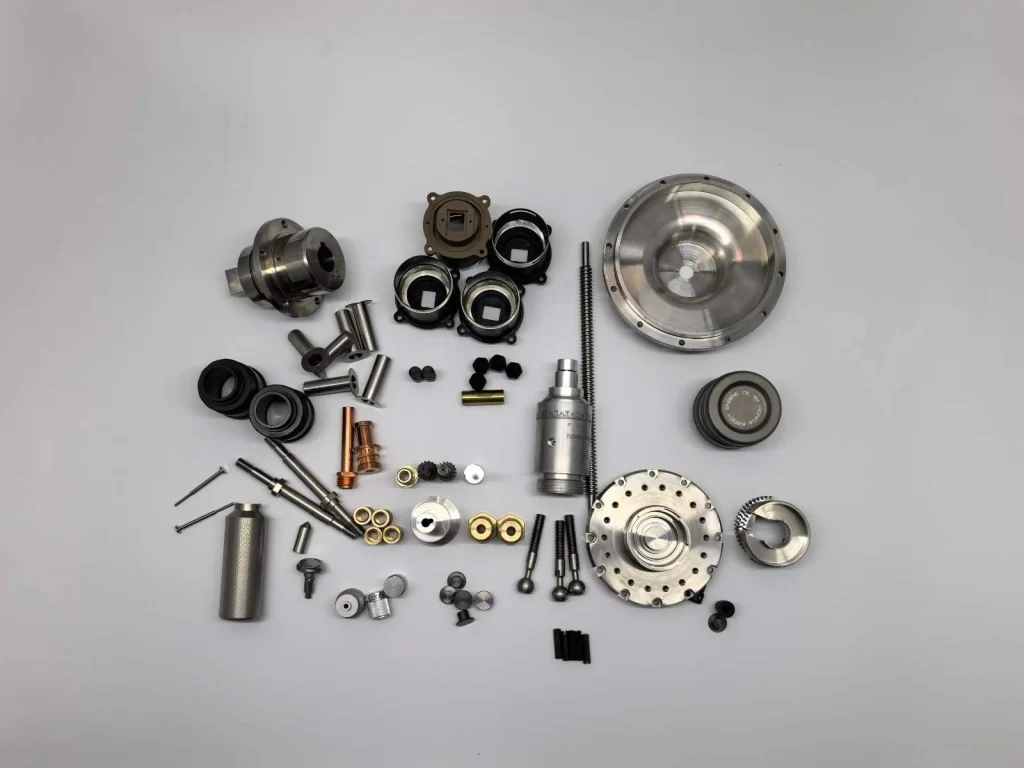
Low volume CNC machining is making a limited quantity of precision parts, usually 10 to 1,000 units.
This is part of low volume manufacturing, a strategy to produce parts without large scale tooling.
It’s perfect for product development, bridge production and small batch customization.
For a broader comparison between manufacturing methods, check our article: CNC Machining Vs Injection Molding.
Benefits of Low Volume CNC Machining
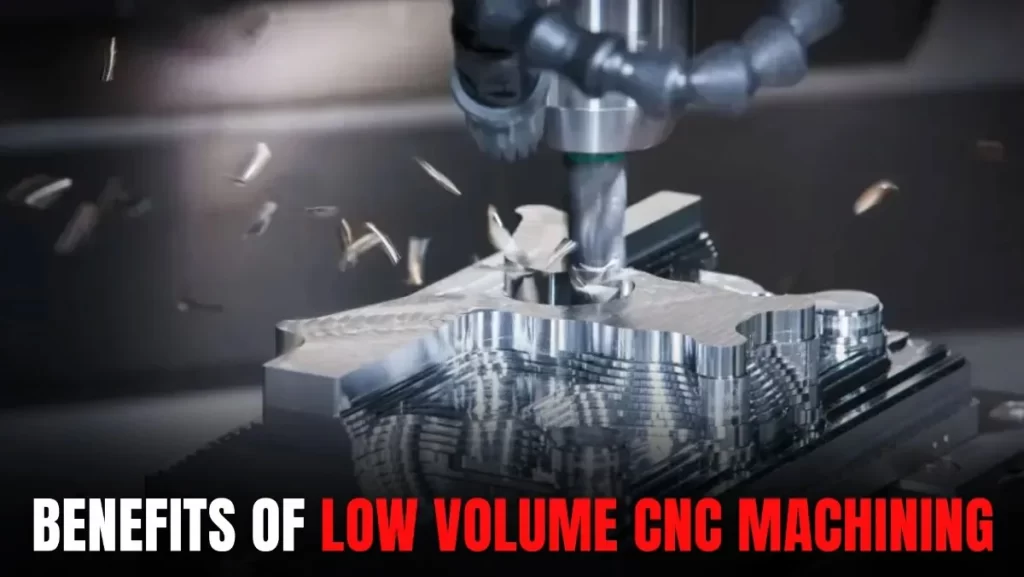
Low Volume CNC Machining
Low volume CNC machining has many benefits for businesses looking for flexible and scalable manufacturing. Whether you’re prototyping a product or addressing a niche market, this gives you speed, precision and cost control.
- Cost Effective for Small Runs: No high tooling costs like mass production.
- Faster Turnaround: Prototypes or functional parts can be delivered quickly.
- Flexibility in Design Changes: Designs can be changed between batches with minimal extra cost.
- Material Efficiency: Works with a wide range of metals and plastics with no material waste.
- High Quality Finishes: Precision machining gives smooth surfaces and tight tolerances.
Limitations of Low Volume CNC Machining
While low volume CNC machining is flexible and efficient, it’s not without its drawbacks. Some limitations may affect production choices especially if scaling up is required in the future.
- Higher Cost per Unit: Compared to mass production, per-part cost is slightly higher.
- Limited Automation: May involve manual setups, which can slow down the process.
- Not for High-Demand Products: Perfect for prototypes, not for high-demand items.
Explore further: CNC Machining Explained: Process, Techniques & Costs
When to Use Low-Volume CNC Machining
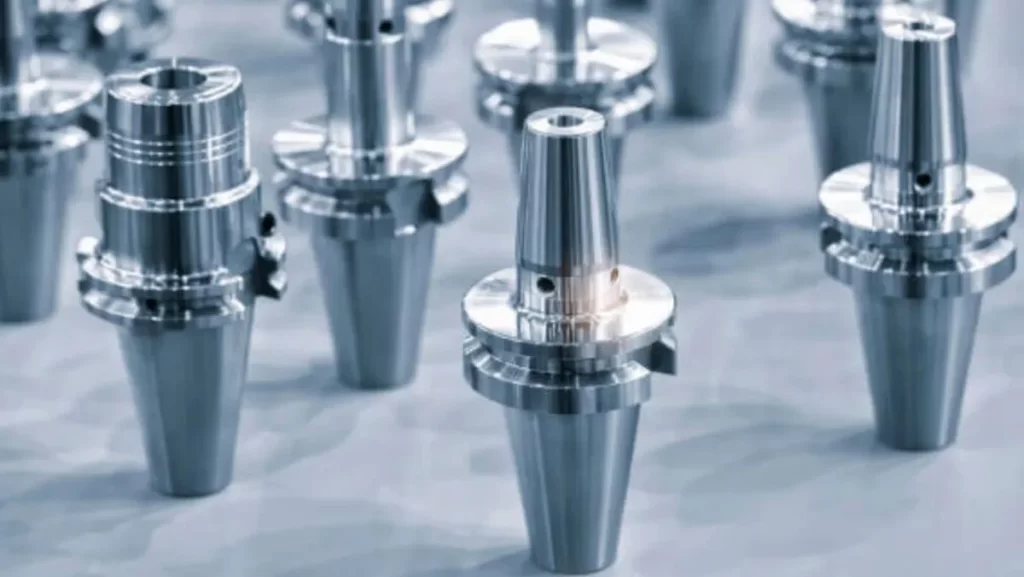
Low-Volume CNC Machining Tools
Low volume CNC machining is when you need fast, flexible and cost-effective solutions for small production.
It’s perfect for launching new products, custom parts or testing prototypes before mass production.
If you’re under tight deadlines or limited budget, this approach avoids the high setup costs of traditional manufacturing.
Startups, research teams and specialized industries prefer this method for its ability to adapt to quick changes without compromising precision.
At ProleanTech, our experts work closely with you to assess your project needs and recommend the best low volume CNC machining solution.
Smart Ways to Reduce Cost When Designing Low-Volume CNC Parts
Reducing cost in low volume CNC machining doesn’t mean compromising quality. With a few smart design choices you can significantly lower production cost while ensuring precision and functionality. These tips help small businesses and engineers stay competitive in both performance and pricing.
1. Simplify the Geometry
Stick to basic shapes like straight edges and simple curves. This reduces machining time, tool wear and programming complexity—less time and cost.
2. Choose Standard Materials
Select readily available materials like 6061 aluminum or mild steel. These are easier to machine and less expensive than exotic alloys or rare plastics.
3. Limit Tight Tolerances
Apply precise tolerances only where they truly matter. Over-specifying tolerances leads to longer machine times and more inspection needs.
4. Avoid Deep Cavities
Deep or narrow pockets require special tooling and multiple passes. By designing shallower cavities you minimize tool deflection and save machining time.
5. Combine Parts
When possible, integrate multiple components into one part. This reduces assembly time, hardware cost and potential failure points in the final product.
These principles also apply when selecting between 3-Axis VS 5-Axis CNC Machines, depending on complexity and required angles.
Try Prolean Now!
Low Volume vs Mass Production
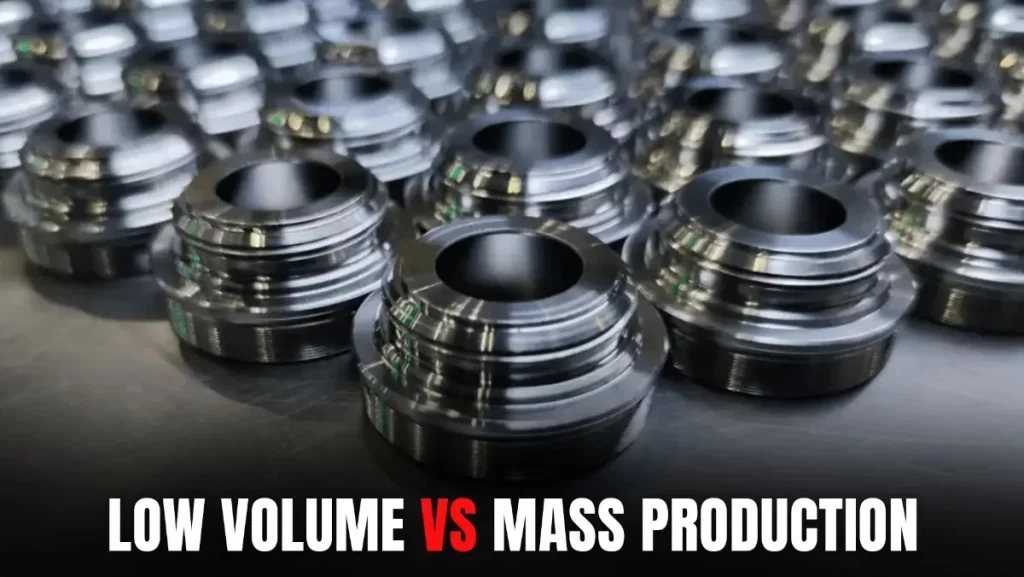
Low Volume vs. Mass Production
Low volume CNC machining is for flexibility and cost savings for small batches. Mass production is for lowest unit cost at scale but requires high setup investments.
| Feature | Low Volume CNC Machining | Mass Production |
| Quantity | 10 to 1,000 units | Thousands to millions |
| Setup Time & Cost | Low | High |
| Flexibility | High | Low |
| Per Unit Cost | Medium | Low |
| Time to Market | Fast | Slower (due to tooling) |
Learn more in the China CNC Machining Services Guide, especially if you’re comparing services across regions.
Design Tips for Low-Volume CNC Machining Production Runs
Low-volume CNC production allows designers to test and iterate quickly. Keeping designs simple and standard can reduce cost and speed up production.
Design tips for short production runs
- Use common hole sizes and radii.
- Avoid undercuts or use secondary operations.
- Choose finishes that match your application, not aesthetics.
- Make sure parts are designed for easy fixturing.
- Test prototypes with short runs before scaling.
Additive manufacturing as an alternative for short production runs
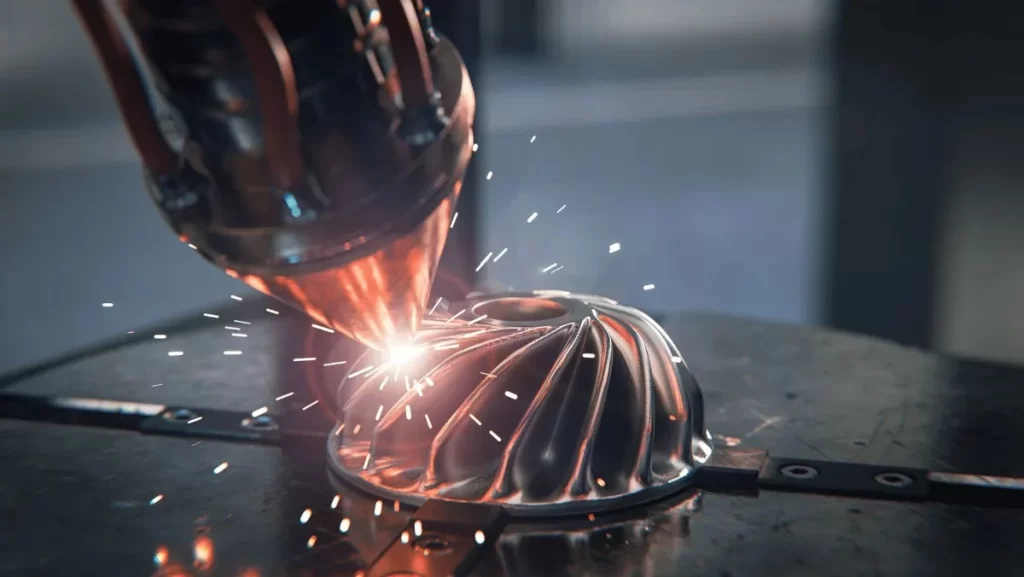
Additive Manufacturing Laser Process
3D printing is another option for short production runs. It’s quick production without tooling but may lack the strength and surface finish of CNC machining. For certain plastic parts or test-fit components, 3D printing can be an economical choice.
Try Prolean Now!
What is Low Volume Manufacturing?
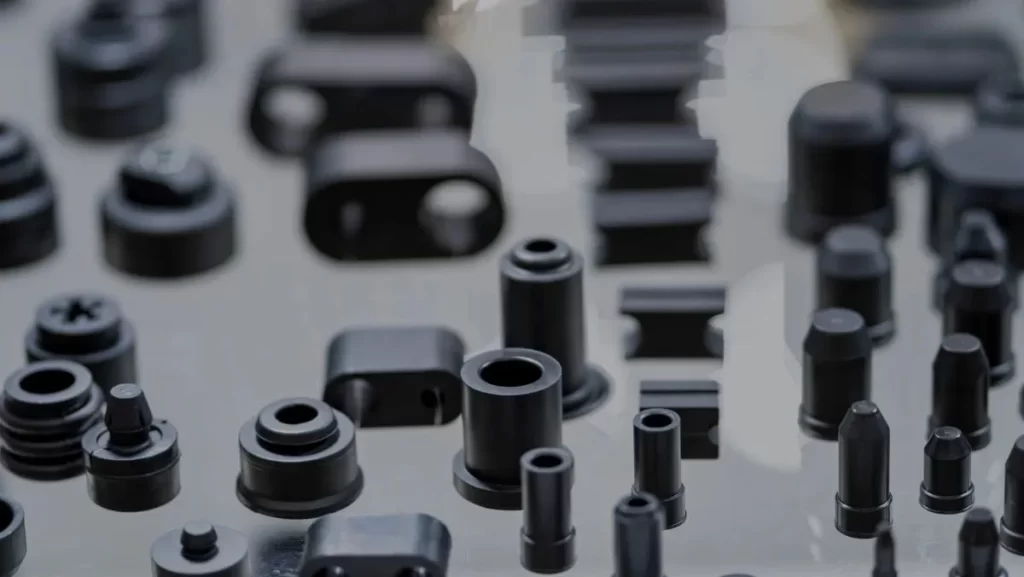
Low Volume Manufacturing Components
Low volume manufacturing is producing smaller quantities of parts without the setup and costs associated with full-scale production. It’s used to meet early demand, support agile product development or reduce risk before mass production.
Here are common technologies used in low volume manufacturing:
1. Rapid Tooling
Used to create temporary molds or dies for short production runs.
2. CNC Machining
Ideal for high-precision parts in small batches using materials like aluminum, steel and plastics.
3. 3D Printing
Great for complex shapes, especially with plastic and some metal materials.
4. Sheet Metal Fabrication
Efficient for enclosures, brackets and structural components.
What is the Difference Between High Volume and Low Volume Products?
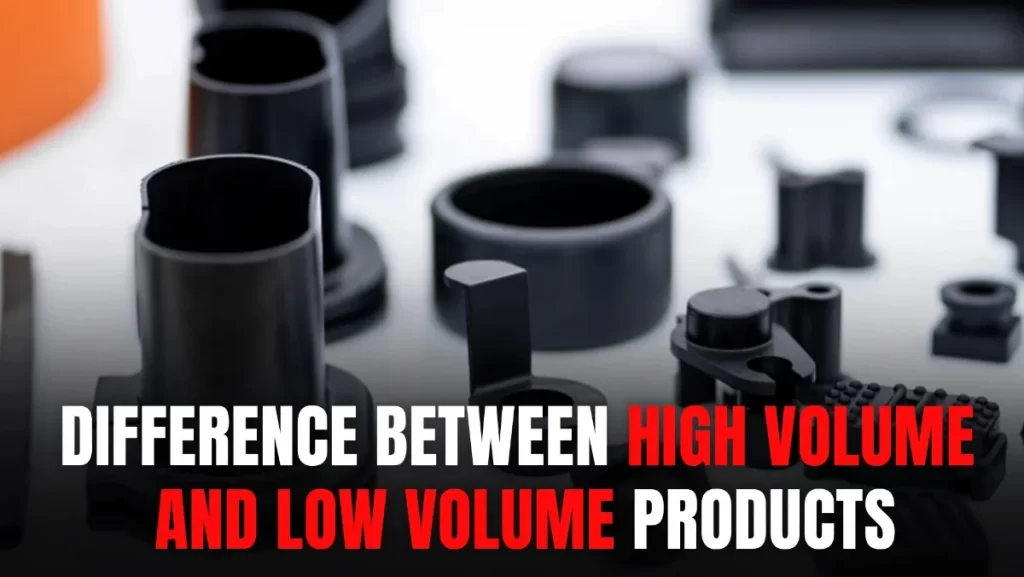
High vs. Low Volume Products
High volume products are made in large quantities for mass markets. They require tooling, automation and long production runs. Low volume products are limited in quantity, often customized and produced quickly without large investments.
| Feature | High Volume Products | Low Volume Products |
| Production Scale | Thousands to millions | 10 to 1,000 units |
| Setup Cost | High | Low |
| Customization | Limited | High |
| Flexibility | Low | High |
| Lead Time | Longer (due to tooling setup) | Shorter |
| Ideal Use Case | Mass market, stable demand | Prototypes, niche, or test markets |
What is Medium Volume Manufacturing?
Medium volume manufacturing fills the gap between low and high-volume production. Typically it’s 1,000 to 100,000 units.
This method balances cost-effectiveness with flexibility and is often used for niche markets or seasonal demand.
Summary
Small batch CNC machining is the smart way to go for industries that need precision, speed and cost effectiveness in small quantities. Whether you need prototyping or testing market demand, it gives you flexibility and quality without long lead times.
We understand the needs of small batch and small volume CNC machining and deliver CNC Machining Services at competitive rates.
As a low volume cnc machined parts supplier, we support your product development, prototyping and limited production needs. We offer one-on-one consultation, ISO certified processes and material traceability.
Contact with our experts team to get started!

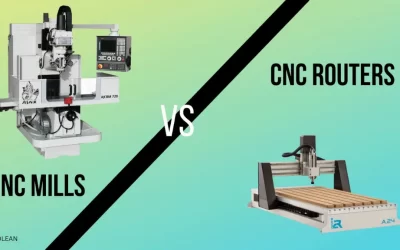
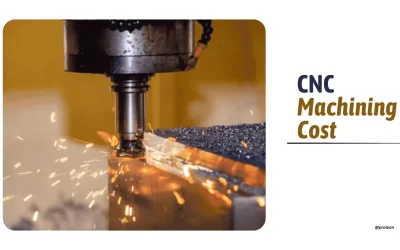
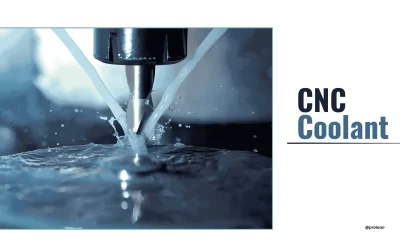
0 Comments